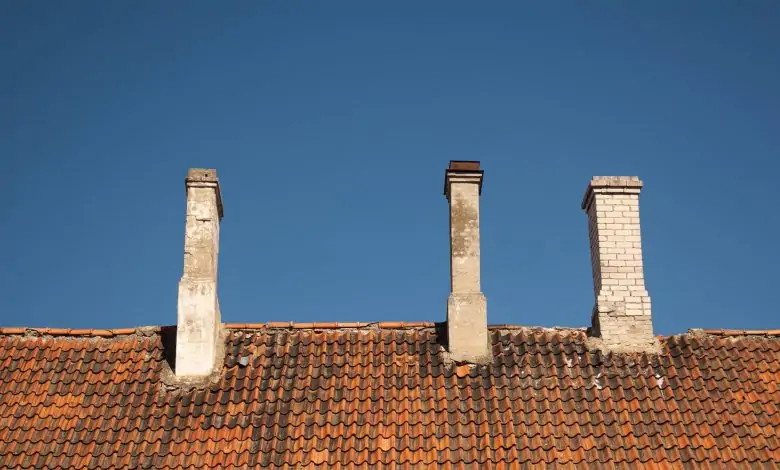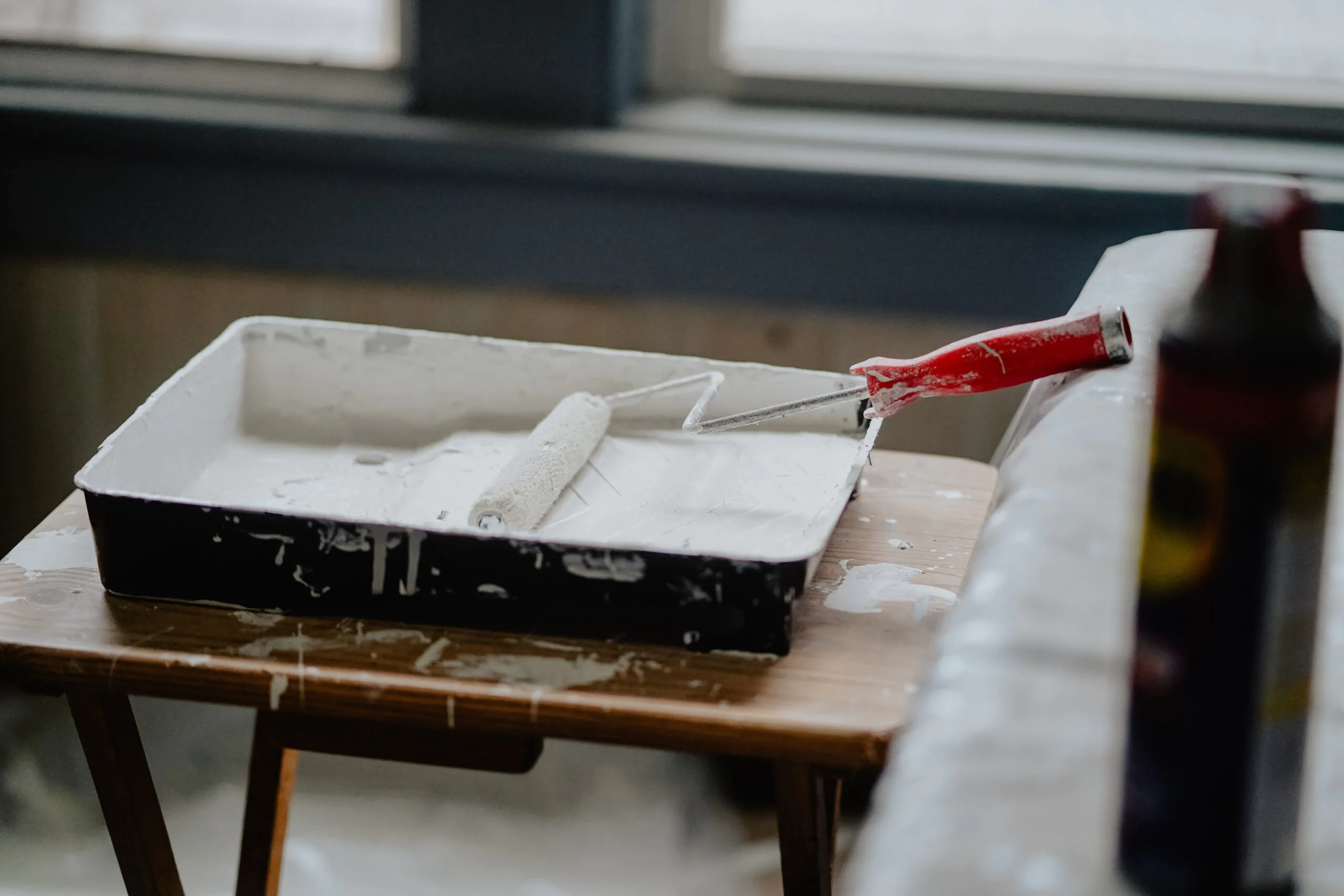Is Your Fireplace Suffering? Common Signs You Need Chimney Repair

A cozy fireplace can be the heart of your home, providing warmth and comfort during chilly evenings. However, your fireplace’s functionality and safety depend heavily on your chimney’s health. Neglecting chimney maintenance can lead to costly repairs, decreased efficiency, and even safety hazards.
What is Chimney Repair?
Chimney repair is a typical part of services that a masonry contractor offers such as inspecting, maintaining, and restoring chimneys to ensure they are safe, functional, and aesthetically pleasing. Chimneys are essential components of many homes and buildings, primarily used for venting smoke and gasses produced by fireplaces, wood-burning stoves, furnaces, or other heating appliances.
What is the role of Chimney in your Fireplace?
A chimney plays an important role in the safe and efficient operation of a fireplace or heating appliance. It has two primary functions:
1. Ventilation
The chimney expels fire-generated smoke, noxious gasses, and byproducts. Inadequate ventilation can let these hazards enter your home, risking your health.
A working chimney ensures these hazards exit, protecting your family from smoke, carbon monoxide, and toxins that can cause respiratory issues and even carbon monoxide poisoning.
2. Airflow
Proper airflow in the chimney provides the necessary oxygen for efficient combustion. Insufficient oxygen leads to smoky, inefficient fires and the risky buildup of creosote.
Adequate airflow results in clean, efficient fires and optimal heating. Poor airflow can cause smoky fires and creosote buildup, increasing the risk of chimney fires, a serious safety concern.
What are the dangers of neglected chimneys?
Chimney maintenance is often overlooked, but the consequences of neglect can be severe. Here are some hidden dangers associated with ignoring chimney care:
1. Fire Hazard – A damaged chimney can increase the risk of a chimney fire. Creosote buildup and cracks in the chimney lining can ignite, leading to a dangerous and destructive blaze.
2. Carbon Monoxide Poisoning – A malfunctioning chimney can allow carbon monoxide (CO) to seep into your home. CO is a colorless, odorless gas that can be lethal in high concentrations.
3. Costly Repairs – Small chimney issues can become costly repairs if left unattended. Timely maintenance can save you from more extensive and expensive fixes down the road.
Common Signs of Chimney Damage
Exterior Signs
a) Cracked or Deteriorating Bricks and Mortar: Over time, exposure to the elements can cause the bricks and mortar on your chimney’s exterior to crack or deteriorate. This can compromise the structural integrity of the chimney.
b) Chimney Leaning or Tilting: A visibly leaning or tilting chimney clearly indicates structural issues requiring immediate attention.
c) Loose or Missing Bricks or Stones: If you notice loose or missing bricks or stones on your chimney, it’s a sign that the chimney is deteriorating, and the missing components must be replaced.
d) Efflorescence (White, Chalky Deposits): Efflorescence on your chimney’s surface indicates water penetration. These white, chalky deposits are a sure sign of water damage.
e) Vegetation Growth on the Chimney: Vegetation like moss or ivy on your chimney can signal moisture-related problems. Plant growth can worsen structural damage over time.
Interior Signs
a) Smoke Backing Up into the Room: If you notice smoke entering your home instead of exiting through the chimney, there is likely an obstruction or damage in the chimney flue.
b) Unpleasant Odors: Foul odors from your fireplace could be a sign of creosote buildup or a blockage in the chimney.
c) Water Leaks or Stains on Walls/Ceiling: Water stains or leaks near the chimney clearly indicate water penetration, which can cause significant structural damage if left unchecked.
d) Excessive Creosote Buildup: A thick layer of creosote in the chimney flue can restrict airflow and increase the risk of fires.
e) Strange Sounds: If you hear unusual sounds like chirping or rustling in your chimney, it could indicate animals or birds nesting inside. This can block the chimney and pose fire hazards.
The Causes of Chimney Damage
To address it effectively, it’s essential to understand what causes it. Several factors contribute to chimney deterioration:
1. Exposure to rain, snow, and freeze-thaw cycles, along with nearby vegetation, can cause material damage and moisture-related problems.
2. Incomplete combustion results in creosote accumulation within the chimney, obstructing airflow and increasing fire risks.
3. Design flaws like inadequate ventilation, improper height, or improper placement can lead to chimney problems.
4. Natural wear and aging cause materials to deteriorate, weakening the chimney’s structure and resulting in various issues.
Cost Considerations
Regarding chimney repairs, costs can vary widely depending on the type and extent of the damage. Here are some general cost considerations:
Chimney Inspection
A Level 1 inspection typically costs between $100 and $250. However, more comprehensive inspections may have higher fees.
Chimney Relining
The cost of relining a chimney can range from $1,000 to $7,000 or more, depending on the materials used and the length of the chimney.
Tuckpointing and Masonry Repairs
The cost of tuckpointing and masonry repairs can vary based on the extent of the damage but typically ranges from $1,000 to $3,000.
Chimney Crown Repair/Reconstruction
Repairing or reconstructing a chimney crown can cost between $500 and $2,500.
Chimney Cap Replacement
A chimney cap replacement typically costs between $100 and $300.
Flashing Repairs
The cost of flashing repairs depends on the extent of the damage but usually ranges from $200 to $600.
Recognizing the common signs that indicate your fireplace and chimney need repair is crucial for maintaining a safe and efficient heating system. Whether it’s visible cracks, a strong odor, or a poor chimney draft, addressing these issues promptly can prevent further damage and ensure your fireplace continues to provide warmth and comfort for years. Regular chimney inspections and timely repairs are key to a cozy and worry-free winter season.




